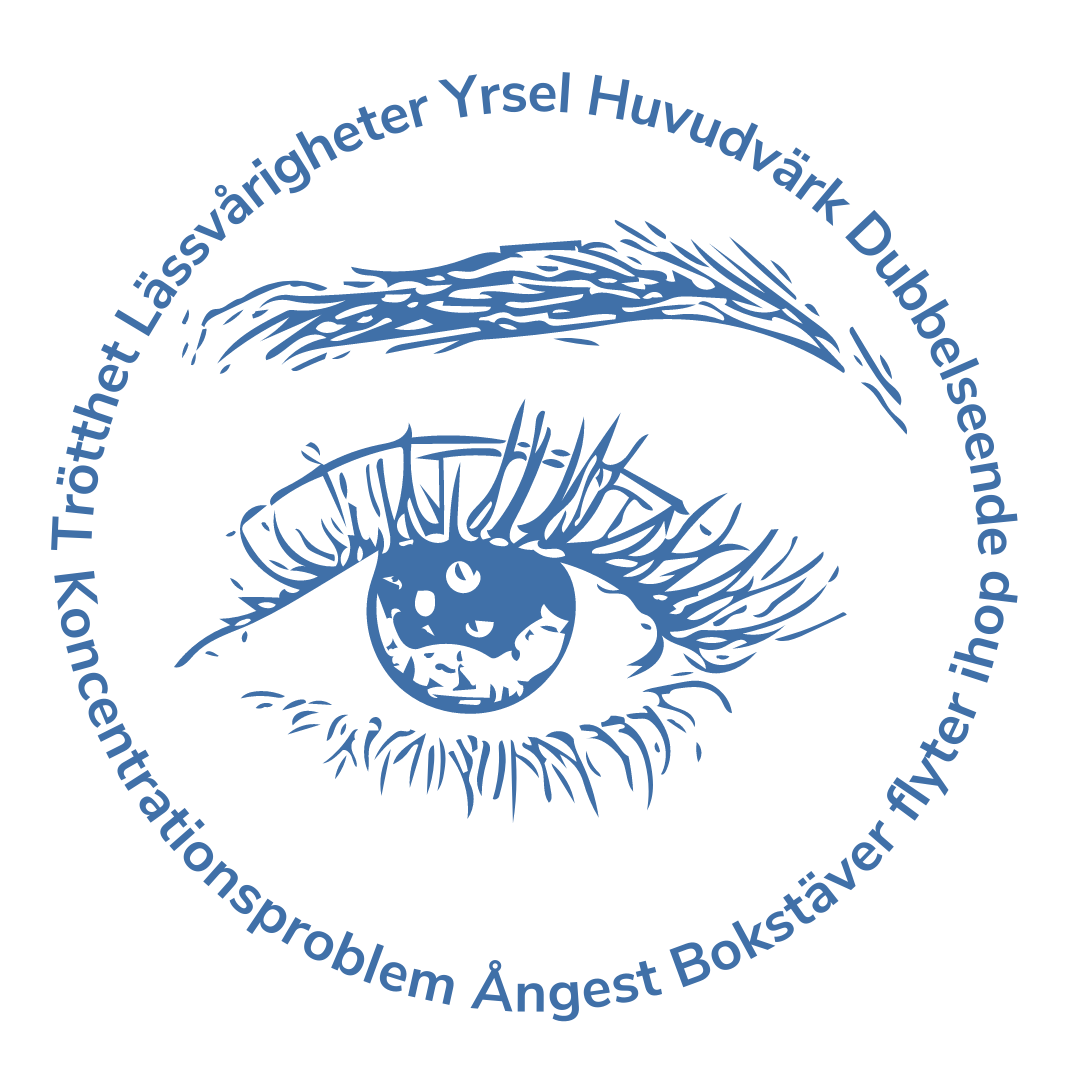What is consensus and consensus problems?
Normally, the brain receives images from both eyes at the same time. The brain combines the two images into one to create a visual impression. This is called binocular vision, or consensus , and is a prerequisite for depth perception. Consensus problem means that the eyes do not cooperate as they should. You get a double image, which you may not be aware of. This may be due to, among other things, a visual defect or that the brain's control of the inner or outer muscles of the eye is not working as it should.
How does reading feel to you or your child?
- Struggling to read a book?
- Getting tired and having strained eyes?
- Having trouble focusing and therefore putting the book away and starting to scroll on your phone instead?
What is the reason for this?
When the brain tries to get a clear image, it needs to make a lot of effort when it comes to problems with vision. In just ten to 15 minutes are consumed between 80 and 90 percent of available energy in the brain. This leads to lower reading endurance, lower reading speed, impaired concentration, fatigue and eye strain.
You are not alone!
Ten percent of Swedish adults suffer from problems with consensus, but the hidden number is large. In the category of children between seven and 15 years the problem increases and it may be closer 27 percent who have vision problems as well as rapidly increasing myopia. This is probably a consequence of the rapidly increasing use of mobile phones and tablets from a very young age. Vision problems often occur together with dyslexia, and in some cases the diagnoses are confused.
Unlike dyslexia and ADHD, attention deficit hyperactivity disorder can be trained away, with improvements in reading speed and help with concentration difficulties for everyone, even for people with dyslexia as an adult or ADHD symptoms adults .
Imvi Labs lends a helping hand
Imvis' vision is to contribute to a world without reading disabilities. We work with VR technology and innovation backed by research to help one person at a time with our training, every day and every week, all year round.


